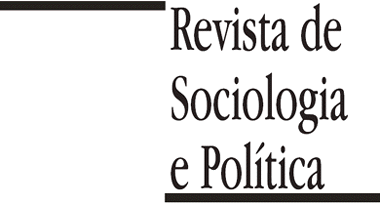ABSTRACT
Introduction:
Debates about party systems in Latin America classify the Colombian case as deinstitutionalized. Even when this statement is undoubtable, the fact that there are issues that arrange the electorate goes usually unnoticed. Hence, this motivates temporarily consistent behaviours, especially in presidential elections. So far this century, the effect is associated with the kind of exit (military / negotiated) offered to end the internal armed conflict. From this point of view, this paper intends to trace the way in which the electorate is space-temporarily configured in favour and against the peace agreement in the regions where this conflict was stronger. Particularly, in the middle of a transitional process in which the dialogue tables between the government and the FARC-EP went to the endorsement and the implementation phases.
Materials and methods:
To achieve this, we evaluate the transfer of votes during the second presidential rounds of 2014 and 2018, and in the 2016 peace referendum. We analyse the results in the 167 municipalities prioritized by the (failed) Special Transitory Districts of Peace. Based on the consideration of uncertainty, typical of war-to-peace transition contexts, we use an ecological inference model at the polling station level (the results were analysed in more than 7500 voting tables) distributed in the sixteen special districts.
Results:
Within this framework, the negotiated exit/military exit dichotomy of the conflict is effectively identified as the main axis of electorate aggregation. In fact, it produces entrenched electorates. However, the empirical evidence also suggests that the 2018 elections showed an increasing fluency. From this point of view, the exit from the armed conflict effectively configures segments of consistent voters, producing a quasi-cleavage. However, although entrenched electorates predominate, there is a relative level of fluidity (growing since the 2018 elections) offering signs of an electoral realignment process.
Discussion:
This result shows that, despite the deinstitutionalization of the Colombian party system, there are issues that articulate the vote and produce relatively stable electorates. However, the existence of a political transition, and a process of agenda normalization, could be generating its reconfiguration.
Keywords
Electoral preferences; vote transfer; attachment and electoral fluency; cleavages; electoral realignment

 Thumbnail
Thumbnail
 Thumbnail
Thumbnail
 Thumbnail
Thumbnail
 Thumbnail
Thumbnail
 Thumbnail
Thumbnail
 Fuente: elaboración propia.
Fuente: elaboración propia.
 Fuente: elaboración propia.Nota: los nombres de las circunscripciones, aquí señaladas con números, son especificadas en la
Fuente: elaboración propia.Nota: los nombres de las circunscripciones, aquí señaladas con números, son especificadas en la  Fuente: Elaboración propia con datos de la Registraduría Nacional del Estado Civil.
Fuente: Elaboración propia con datos de la Registraduría Nacional del Estado Civil.
 Fuente: elaboración propia con datos de la Registraduría Nacional del Estado Civil.
Fuente: elaboración propia con datos de la Registraduría Nacional del Estado Civil.
 Fuente: elaboración propia con datos de la Registraduría Nacional del Estado Civil.
Fuente: elaboración propia con datos de la Registraduría Nacional del Estado Civil.